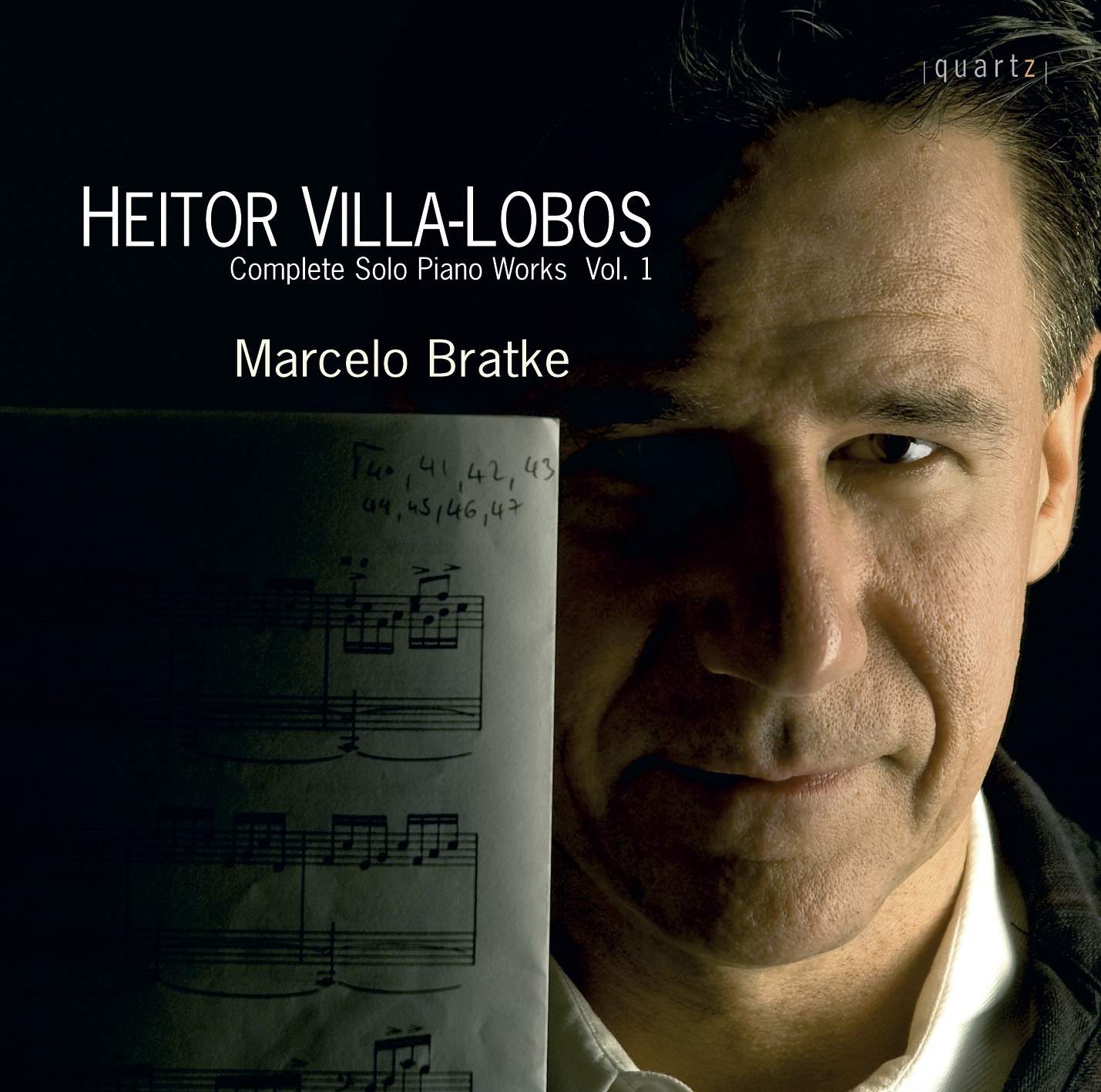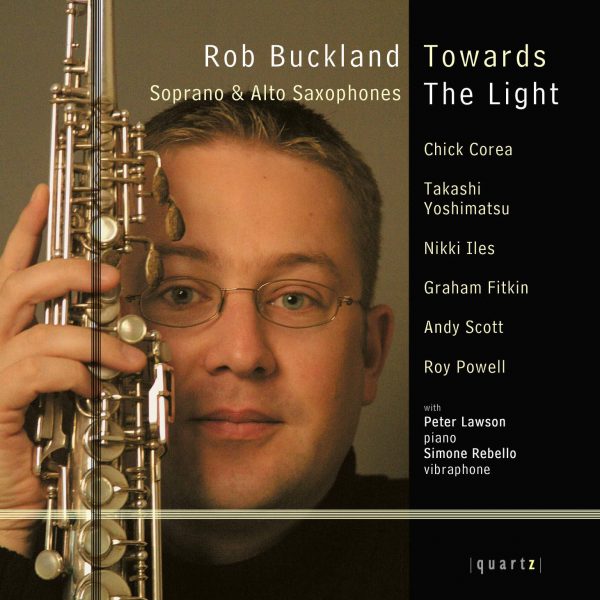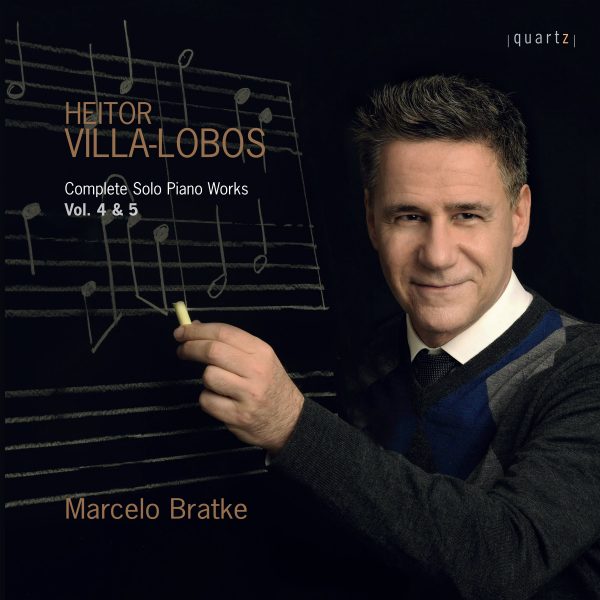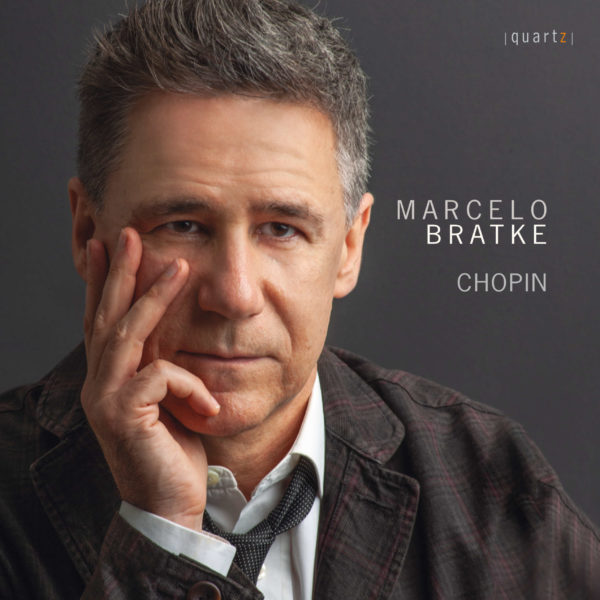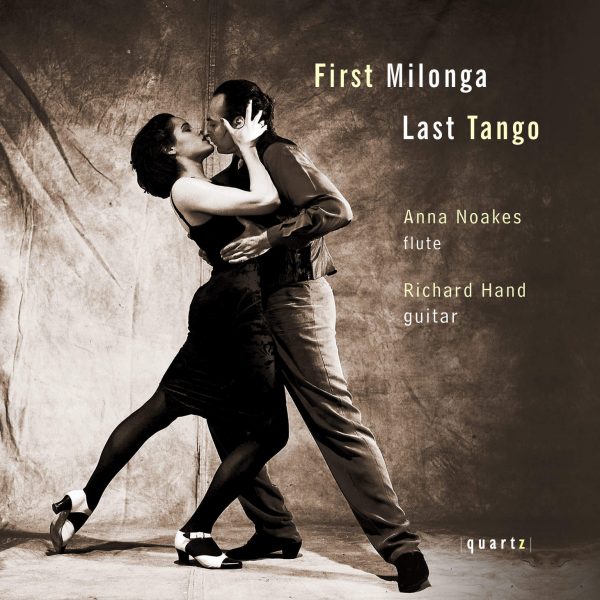Villa-Lobos – Complete Solo Piano Works Vol. 1
Price range: £4.99 through £11.99
The eagerly-anticipated first volume featuring the complete works for piano of Brazil’s most celebrated composer performed by one of the brightest stars of the contemporary Brazilian classical music world, Marcelo Bratke.
About This Recording
VILLA-LOBOS – THE MUSIC WHICH DISCOVERED AND REVEALED BRAZIL
Macário, José Cavaquinho, Sátiro Bilhar and Quincas Laranjeiras. Between this unorthodox mixture of popular musicians and bohemians of Rio de Janeiro towards the end of the 19th Century, the adolescent Heitor Villa-Lobos fitted in as a mascot to the group. During the endless hours in which he fingered the guitar, he was learning the secrets of an artist’s life, absorbing the richness of popular culture directly from its routes. The death of his father forced Heitor to concentrate more seriously on his music. Having received clarinet and violoncello lessons at home, he began to appear in public concerts and cafés in his youth. The versatility he had, to share the stage with other recitalists and popular guitar players in combination of classical and popular music backgrounds, would be fundamental as a base to his creative persona.
Panqueca, a small piece composed in 1900, already anticipates some of the ingredients which would become the legacy of Villa-Lobos, the most authentic reflection of “brasility”. Neither his friendships with Ravel, Prokofiev, Milhaud and Stravinsky nor the years he was to spend in Paris had become a reality at this point but with the rise of the 20th Century, his unique music began to take on the form of colours of a tropical land. This music was the precocious output of a prodigy whose nickname was Tuhú – one of the multiple facets of the genius that the world would celebrate as “The Indigenous within Frack”.
The music of Heitor Villa-Lobos, a self-taught composer, embodies the Brazilian modernist program with a result that transposed what his rivals and colleagues; musicians, painters and literates of his time, had imagined. The secret lies maybe within his own artistic trajectory, embracing both folkloric and modern musical elements and transposing his unique style into his interest in popular music which followed him from the beginning. This launched him into incursions throughout Brazil researching the rhythms and melodies of his contemporaries.
Travelling around his country, he collected inspiration through registering elements of folkloric music to captivate the friendship of native guitar players and singers throughout this journey. The influence of these expeditions appeared first in the music for the ballets Amazonas and Uirapuru, from 1910, but remained in everything he wrote throughout his life. The most clear example lies perhaps in the cycle of Choros (1920-1929), a synthesis of the aesthetic ideal of “Brazilianism”:
“My first book was the Brazilian map, a Brazil which I observed with my soul, city by city, state by state, forest by forest, trying to capture the soul of a land. Then; the character of this man’s land and after that: the natural treasures of it. I continued confronting these studies of mine with foreign works and tried to find a meeting point to consolidate the personalism and the unalterability of my ideas”, he wrote in a sort of résumé of his musical party. Composer of more than a thousand works, which repeatedly revisited the themes of popular culture, the music of Bach and the universe of children, he left cirandas, cantatas, operas, concertos, symphonies and hundreds of scores that go from piano and harp solo pieces to all kinds of instrumental combinations. Villa-Lobos was more than a composer capable of defining the music physiognomy of a nation, he was engaged in “using” music as a media of communication between the different and contrasting levels of Brazilian society.
Heitor Villa-Lobos was born in Rio de Janeiro in 1887. He entered history as a composer, conductor, teacher and proud national. “Yes I am a Brazilian. In my music I tell the songs of the rivers and the sea of this vast country. I allow the beauty of our forests and our skies to emerge, transposing instinctively to everything I write”, he declared.
Villa-Lobos lived most of his life in Rio, but his international career brought him to live at different periods in Paris from where he merged with Europe’s avant-garde. His last years were spent in New York. He conducted his music with 83 orchestras in 24 countries, including the Vienna and Israel Philharmonic, the New York, London, Cleveland, Boston and the BBC Symphony orchestras. He was recognized by many important institutions in Brazil, France, Italy and the United States, where he received honoris causa from the New York and Miami Universities. He founded the Brazilian Academy of Music, composed for Metro Goldwin Meyer and introduced music as an obligatory subject in the agenda of the schools in Brazil. He died of cancer in Rio de Janeiro on March 17th 1959.
More than the impact of his music on an individual scale, Villa-Lobos was able to create and express to the world the most accurate portrait of Brazil with its diversity and contradictions translated into music.
Celso Masson – journalist
**************
Throughout his life Villa-Lobos was the amused accomplice of children. He had none of his own but he devoted songs, typical scenes and little stories which occupy an enormous part of his extensive artistic production preserving the moods of childhood. This disc, which opens the collection of the complete solo piano works by Villa-Lobos, focuses on the universe of children, one of the favorite themes of one of the most prolific composer of the 20th Century.
Caixinha de Música Quebrada
Villa-Lobos, who had been called by Brazilian President Getulio Vargas to conceive a musical plan for schools in Brazil, left behind a concert tour in Europe and went into an experimental tour designed by him to diffuse music throughout Brazil in an attempt of unifying the country through music. It was during one of these trips, travelling by train between small cities and villages of South-east Brazil that Villa-Lobos wrote the miniature for piano entitled Caixinha de Música Quebrada. In English: “Broken Musical Box”, a very hybrid piece into his vast work, with its chromatic and dissonant harmonic elements that describe the imperfect mechanism of an imaginary old musical box and its nostalgic moods. Villa-Lobos dedicated the work to his friend, the pianist and composer Souza Lima, who was part of the group that followed him throughout these rather adventurous journeys.
Cirandinhas
Written in 1925, these small format pieces seem like a preparatory essay for Cirandas, written one year later. Much simpler in its formats and harmonic vocabulary than Cirandas, Cirandinhas; (in English; “children little rounds”) capture the hidden poetry that exists in the collective unconscious of the Brazilians with its melodies sung in childhood transformed and alternated with Villa-Lobos own melodic lines, sometimes as introductions and other times as bridges or even as mirrors of the folk material collected by the composer. The delicacy of these musical impressions echoes the imaginary scenes passed in small villages of rural areas of Brazil which are lost in time and place but which have the impact of a strong sense
o “Brazilianity” in all its diversity and colour.
Cirandas
The set of sixteen Cirandas is the most extensive work by Villa-Lobos for piano solo. They depart from popular melodies sung to children or by children which passed from generation to generation from the north to the south of Brazil. Villa-Lobos does not quote folk musical material but transforms it and this process is perfectly illustrated by these musically and technically highly demanding pieces in which the exploration of the modern dissonances merge with other properties born in the composer’s imagination. Cirandas (children rounds) show how the imprint of Villa-Lobos poetry is capable of transcending the elements from which he found his inspiration developing a complex and modern musical tram to achieve a perfect balance between simplicity and musical richness.
Marcelo Bratke
Track Listing
-
Heitor Villa-Lobos
- Caixinha de Musica Quebrada
- Cirandinhas (i) Zangou-se o Cravo Com a Rosa
- Cirandinhas (ii) Adeus Bela Morena
- Cirandinhas (iii) Vamos Maninha
- Cirandinhas (iv) Olha Aquela Morena
- Cirandinhas (v) Senhora Pastora
- Cirandinhas (vi) Cai Cai Balao
- Cirandinhas (vii) Todo Mundo Passa
- Cirandinhas (viii) Vamos Ver A Mulatinha
- Cirandinhas (x) Carneirinho Carneirao
- Cirandinhas (x) A Canoa Virou
- Cirandinhas (xi) Nesta rua tem um bosque
- Cirandinhas (xii) Lindos olhos que ela tem
- Cirandas (i) Terezinha de Jesus
- Cirandas (ii) A Condessa
- Cirandas (iii) Senhora Dona Sancha
- Cirandas (iv) O Cravo Brigou Com A Rosa
- Cirandas (v) Pobre Cega
- Cirandas (ci) Passa Passa Gaviao
- Cirandas (vii) Xo Xo Passarinho
- Cirandas (viii) Vamos Atras Da Serra Calunga
- Cirandas (ix) Fui No Tororo
- Cirandas (x) O Pintor de Cannahy
- Cirandas (xi) Nesta Rua Nesta Rua
- Cirandas (xii) Olha o Passarinhos Domine
- Cirandas (xiii) A Procura de Uma Agulha
- Cirandas (xiv) A Canoa Virou
- Cirandas (xv) Que Lindos Olhos!
- Cirandas (xvi) Co Co Co
